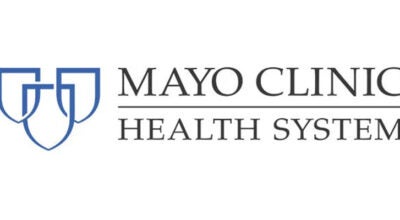Health Care: Good news on insurance rates through MNsure
Published 7:12 am Thursday, October 3, 2019
The Free Press, Mankato
Associated Press
The good news is that for the second year in a row, health insurance premiums for policies bought on the individual market will remain stable or drop in some cases. The bad news is the system remains a taxpayer subsidy to insurance companies.
Policies bought through the MNsure exchange will go up 0.18 percent at UCare and drop from 1 percent to 1.5 percent at HealthPartners, Medica and Blue Cross HMO, according to a report released Tuesday.
About 155,000 people buy insurance through the individual market and 61,000 received federal tax credits through the MNsure exchange. Rates can vary depending on where people live, their age and their plan.
The good news is that the insurers have expanded the number of plan options by 39. And every county will have at least two insurers offering plans. That’s good news for the competition, as insurers are not required to offer plans everywhere, and they’re not required to sell through MNsure.
The market was stabilized via a $542 million taxpayer subsidy authorized two years ago when the premiums shot up and the market became unstable. Called reinsurance, the money went to help the insurers pay for extremely costly cases. All of that money has not been used, which may be another reason why insurers are keeping rates low.
The stability of the health insurance market — both individual and employer-based — continues to depend on the rising cost of care and competition among providers and insurance companies.
While Minnesota has made strides in restraining the cost of care through cooperative strategies like health care homes, more needs to be done.
Competition in the health insurance market would be enhanced if the Legislature approved a public buy-in option on the MNsure exchange. Critics exaggerate the risk of this, referring to “total government takeover of health care.” But that is an unethical scare tactic, and consumers should consider it balderdash.
Creating more buyers in the health care market and providing them with tax cuts to help pay the burgeoning costs will go further than pouring hundreds of millions of dollars into insurance company coffers.




